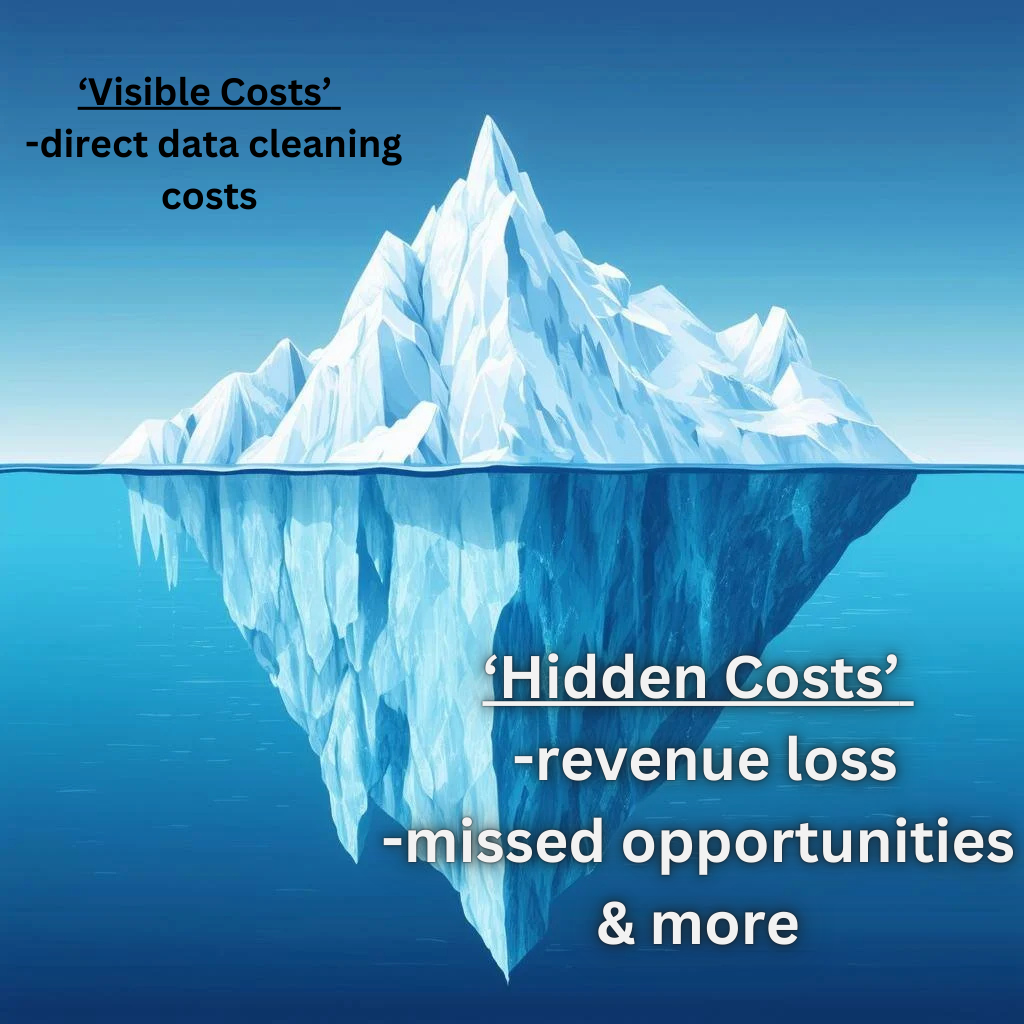The Data Truth Gap: Why Most Marketing Teams Aren't Truly Data-Driven

This article was inspired by Andre Retterath's thought-provoking framework on data-driven venture capital.
Most marketing leaders claim to be "data-driven" these days. It's practically required on résumés and company websites. But when you look under the hood, there's often a significant gap between what marketers believe about their data practices and the reality.
I discovered this firsthand while consulting with dozens of marketing departments across industries. The conversation typically follows a predictable pattern:
"Of course we're data-driven! We have dashboards, track KPIs, and make decisions based on performance metrics."
But when I ask deeper questions about their data ecosystem, blind spots emerge.
The Three Dimensions of True Data-Driven Marketing
To understand why most marketing teams fall short of being truly data-driven, we need to examine three critical dimensions: Collection Breadth, Analysis Depth, and Decision Integrity.
Collection Breadth: Are You Seeing the Whole Picture?
Most marketing teams pride themselves on collecting data, but they're typically capturing only what's convenient rather than comprehensive. They also tend to hoard the data with the best of intentions then never put it to use.
The Typical Approach: Marketers collect data from their standard tools—Google Analytics, their CRM, email platform, and social media insights. These create islands of information that do not always connect. This can be bridged with tools like Zapier which makes it more cumbersome.
The Reality Check: Ask yourself these questions:
- Do you track offline interactions as rigorously as online ones?
- Can you follow individual customers across their entire journey, including touch points outside your active campaigns?
- Are you capturing customer signals beyond explicit interactions (like website hover behaviors, partial form completions, or content engagement depth)?
If you answered "no" to any of these, you're working with partial information—like trying to understand a movie by watching random scenes.
The Data-Driven Difference: Truly data-driven marketing teams implement unified measurement frameworks that capture both explicit and implicit customer behaviors across all touch points. They don't just track what's easy; they map their entire customer ecosystem and systematically close data collection gaps.
This is the work we do that changes how businesses manage their sales and marketing efforts into fully measurable functions with outcomes.
Analysis Depth: Beyond Surface-Level Insights
Having data doesn't equal understanding data. Most marketing teams remain in the descriptive analytics phase (what happened) without progressing to diagnostic (why it happened), predictive (what will happen), or prescriptive (what should we do about it) analytics.
The Typical Approach: Marketing teams review standard reports showing campaign performance, channel metrics, and conversion rates. They compare numbers to previous periods and declare victory or defeat based on directional changes.
The Reality Check: Consider whether:
- Your analysis regularly uncovers unexpected relationships between variables
- You can quantify the specific impact of individual marketing elements
- Your team distinguishes between correlation and causation in marketing performance
- You test assumptions systematically rather than anecdotally
Surface-level analysis creates a dangerous illusion of understanding while potentially reinforcing existing biases.
The Data-Driven Difference: Data-driven marketing teams use advanced techniques like multivariate testing, regression analysis, and AI tools to identify patterns human analysis would miss. They build models that account for external factors, seasonality, and cross-channel effects to isolate true marketing impact.
The hitch here is you need a high volume of activity to conduct statistical analysis. For example, HubSpot can only do A/B testing on emails when the recipient list is more than 1000 emails long. If your volume is too low, we recommend analyzing your full email marketing history instead of single emails or campaigns.
Decision Integrity: From Insight to Action
The final dimension—and where most marketing teams falter—is in how they move from data to decisions.
The Typical Approach: Marketers review reports, discuss results in team meetings, and make adjustments based on a mix of data insights and personal experience. Past successes heavily influence future strategies, and there's rarely a structured framework for decision-making.
The Reality Check: Ask yourself:
- Do you have a consistent method for weighing conflicting data points?
- Are your decisions documented with clear data-backed reasoning?
- Do you regularly revisit and evaluate previous decisions against outcomes?
- Can your team articulate exactly which data points led to specific strategic choices?
Without a structured approach, even good data analysis can lead to inconsistent or biased decisions.
The Data-Driven Difference: True data-driven marketing teams implement decision frameworks that balance quantitative insights with qualitative understanding. They document decision criteria, weigh evidence systematically, and create feedback loops to evaluate and improve their decision processes over time.
The Local Maximum Trap
The most dangerous outcome of insufficient data practices is what I call the "Local Maximum Trap." With limited data collection, surface-level analysis, and experience-biased decisions, marketing teams optimize toward what works best within their narrow view—a local maximum.
This is called "random acts of marketing" as coined by Emily Kramer.
They achieve incremental improvements within their current approach without realizing there might be entirely different strategies that would yield dramatically better results—the global maximum.
Consider email marketing: A team might continuously optimize subject lines, send times, and layouts to improve open rates from 22% to 25% (their local maximum). But they might miss that their audience has shifted to preferring video content on social platforms, where engagement could be 3-4x higher (the global maximum).
True data-driven marketing breaks out of this trap by:
- Expanding data collection beyond current activities
- Using advanced analysis to identify untapped opportunities
- Making decisions that challenge current assumptions
Bridging the Gap: From Data-Informed to Data-Driven
The journey to becoming truly data-driven requires honest assessment and systematic improvement across all three dimensions:
-
Audit Your Data Collection: Map your customer journey and identify blindspots in your current measurement framework. Prioritize closing the most critical gaps first.
-
Upgrade Your Analysis Capabilities: Invest in tools and training that move your team beyond descriptive analytics. Start with one key business question and develop a more sophisticated analysis approach.
-
Implement Decision Frameworks: Create structured processes for translating insights into actions, with clear documentation of data inputs, assumptions, and expected outcomes.
-
Build Feedback Loops: Systematically evaluate past decisions against results to continuously improve your decision-making processes.
Most importantly, cultivate humility about what you know and don't know. The most dangerous phrase in marketing isn't "I don't know"—it's "I already know."
Create an environment where it is acceptable to explore ideas and possible solutions. Do not allow people to shut down discussions because they are uncomfortable. Be open to testing and experimentation. Be patient as it takes time to learn from results. Having a learning mindset, not a closed mindset.
Data-driven marketing isn't a destination; it's a continuous journey of expanding what you measure, deepening how you analyze, and improving how you decide. The organizations that embrace this journey will find not just local improvements but entirely new peaks of marketing performance that their competitors never even knew existed.
What areas of your marketing data ecosystem need the most attention? I'd love to hear your thoughts in the comments.


